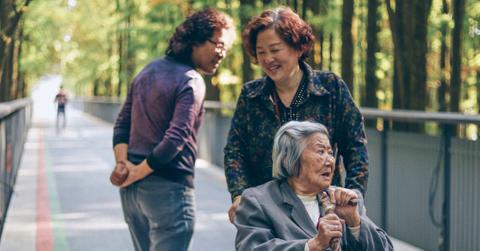
These simple steps will lower your risk of getting cancer.
Keep Your Risk for Cancer at Bay: Simple Ways You Can Add Years to Your Life
These easy-to-follow steps will ensure that a cancer diagnosis will not be in your future.
Eat Right
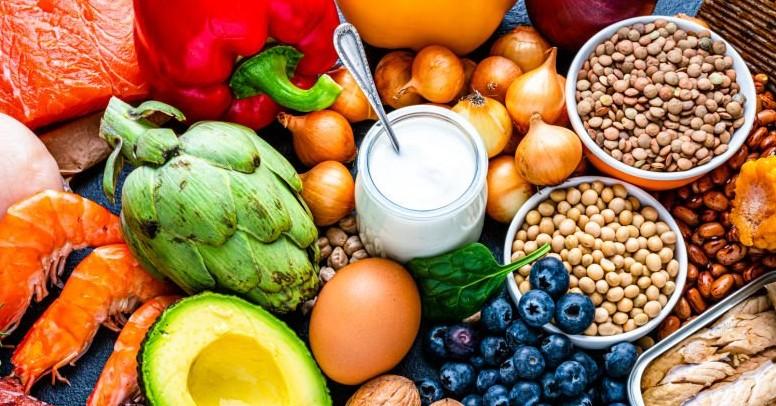
Switch to a plant-based diet. “Eat lots of fruits, vegetables, beans and whole grains; limit red meat and foods high in salt; and cut out processed meats,” experts at the Prevent Cancer Foundation said. “Avoid drinks with added sugar. [A recent] study found that three servings of vegetables (not starchy ones, like potatoes) and two of fruit (not juice) every day resulted in a 10 percent lower risk of death from cancer.”
Weight Watch
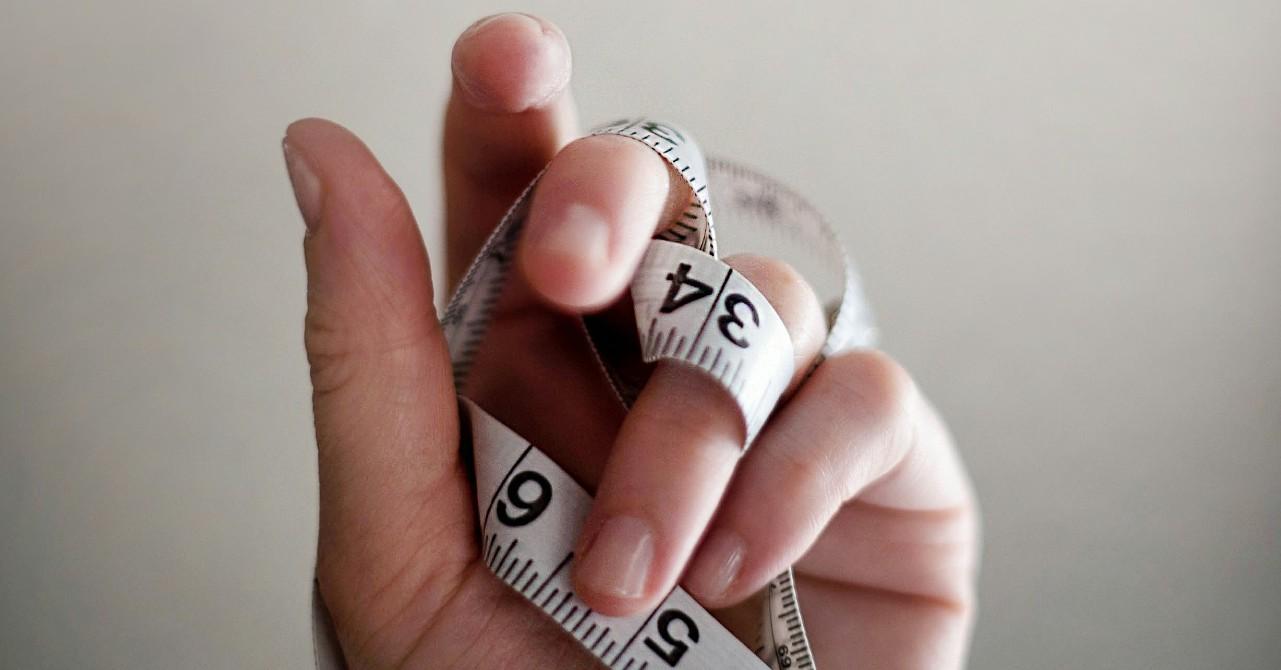
“Being at a healthy weight might lower the risk of some types of cancer. These include cancer of the b------, prostate, lung, colon and kidney,” the Mayo Clinic pointed out. “Physical activity counts, too. Besides helping control weight, physical activity on its own might lower the risk of breast cancer and colon cancer. As a general goal, include at least 30 minutes of physical activity daily.”
Avoid Vices
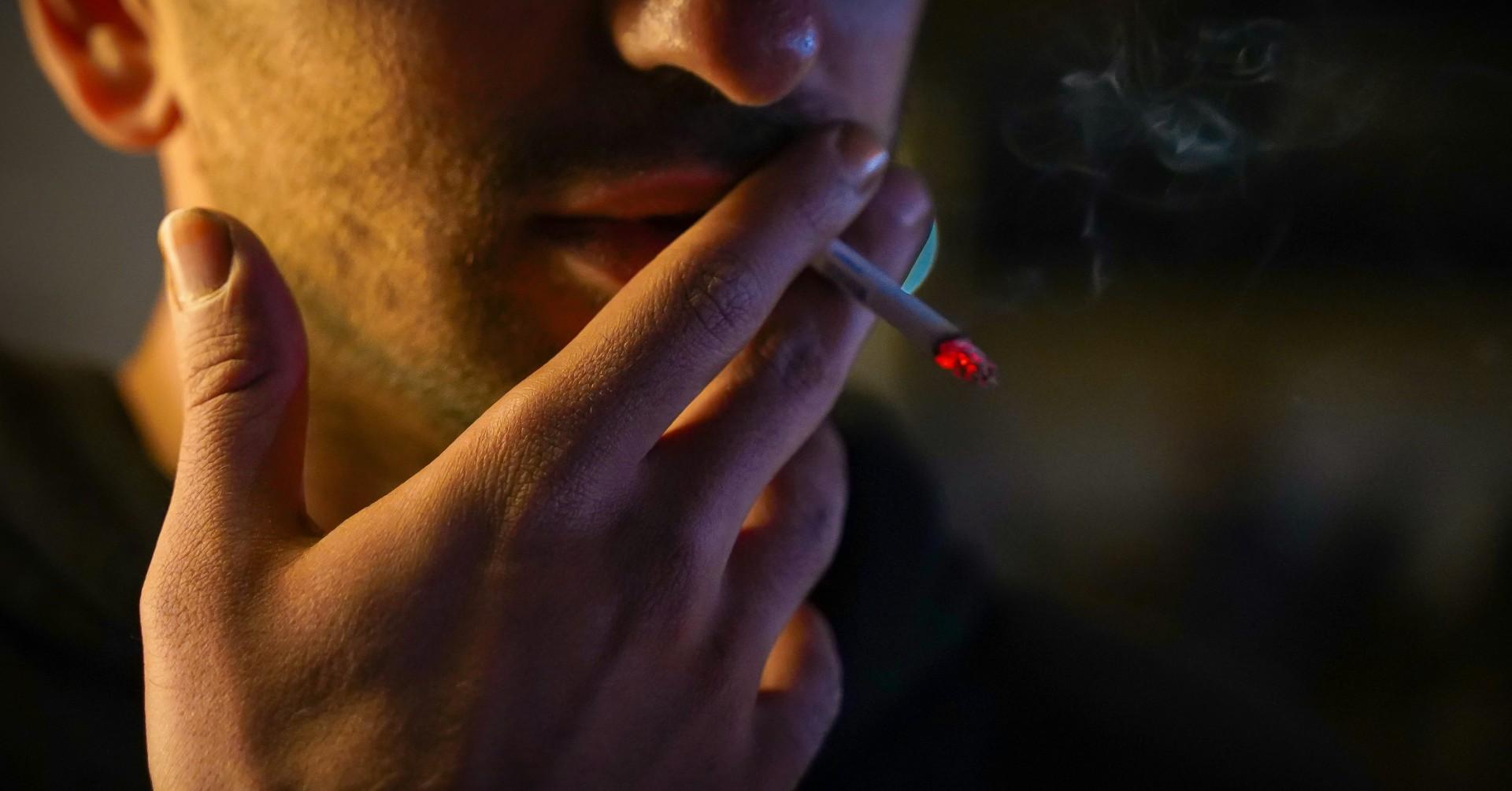
“Tobacco smoke has more than 7,000 chemicals. At least 250 are known to be harmful, and at least 69 are known to cause cancer,” explained the World Health Organization. “[And] alcohol is a carcinogen that is causally linked to seven types of cancer, including esophagus, liver, colorectal and b------ cancers.”
Reduce Radiation

According to Harvard Medical School, it’s important to “avoid unnecessary exposure to radiation. Get medical imaging studies only when you need them. Check your home for residential radon, which increases the risk of lung cancer. Protect yourself from ultraviolet radiation in sunlight, which increases the risk of melanomas and other skin cancers.”
Get History
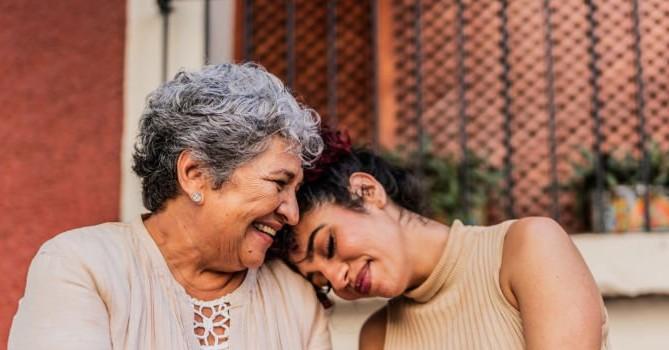
"Knowing the diseases that run in your family plays an important role in understanding your cancer risk,” said the folks at UC Davis Health. “If you have a family history of breast, ovarian, uterine or colorectal cancer, you may have a higher risk for developing these cancers. Gather health history from blood-related family members. This includes biological parents, grandparents, aunts, uncles and siblings.”
